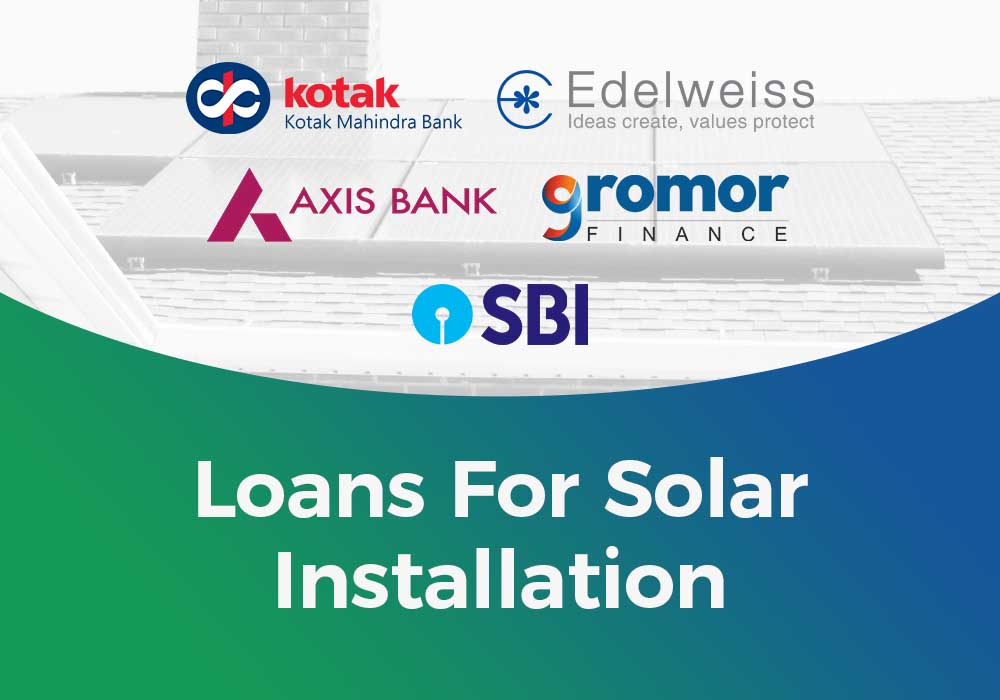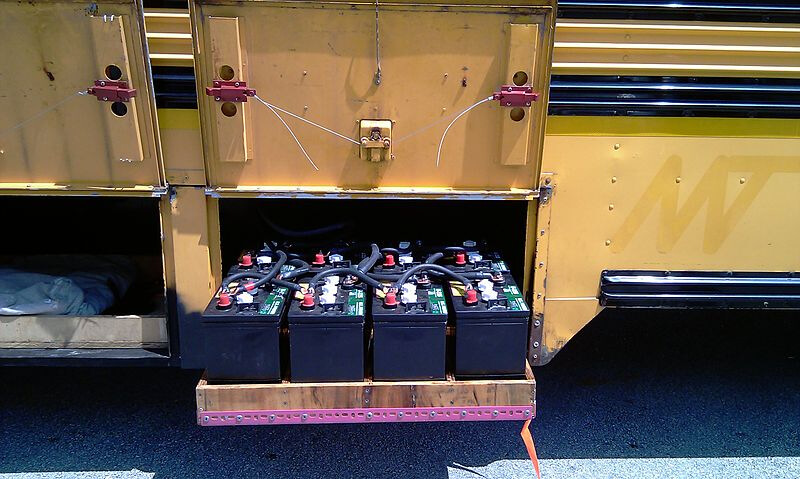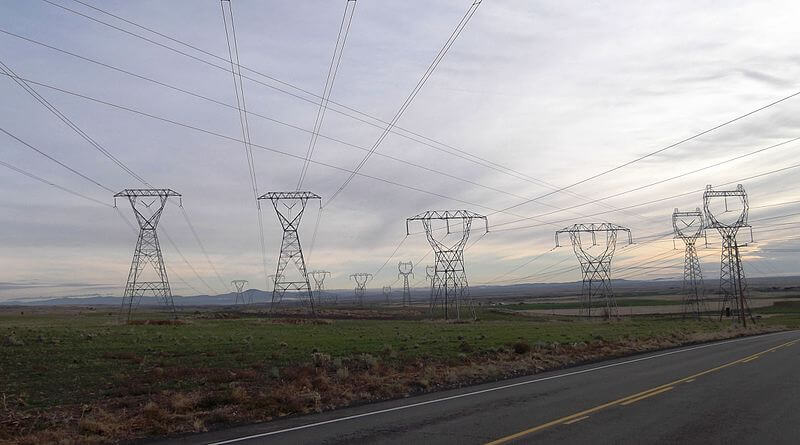Growing environmental concerns, increasing electric bills, and depleting natural resources is an alarming matter of distress. The drastically changing conditions have convinced many to look for sustainable and feasible alternatives for electricity production.
Till now, the most efficient and lucrative option disposable has been solar power. The Sun, in the form of solar radiation, is the greatest energy provider. It makes sense to harvest the freely available source of electricity as, unlike with fossil fuels or other non-renewable resources, it isn’t going to run out any time soon.
The almost non-existent environmental risk and the reducing, and in some cases absent, electric bills are incentive enough to see a shift in sources of electricity. So, what’s stopping us?
Solar Installations- The Problem
Despite the many benefits and cost-effective outcomes, most people have not decided to convert their channels of power to solar energy. This can be easily justified by the enormous installation costs required to set-up the system that converts sunlight into usable electricity.
Even though the initial cost of installments is warranted and returned in the form of significantly reduced energy bills, the startup investment is a hard pill to swallow. The expenses deem the whole process unfeasible and ‘out of the bounds’ for the common working man.
But, global warming isn’t going anywhere. Looking after our carbon footprints is the responsibility of all inhabitants of the world. Considering the lose-lose situation, bank financial institutions have stepped up and are now helping facilitate this conversion in the form of loans for solar installation. The simple solution enables solar installation for homes, offices, etc., and is a stepping stone to a better future.
Cost Breakdown
Why are solar power plants initially so expensive? The concept of harvesting solar energy and using it as a usable form of work may seem like a simple one, but the actual technology involved is quite sophisticated, hence the expense.
A basic solar energy system has four primary components- solar panel, solar inverter, solar battery, and panel stand. This is besides the additional solar panel installation requirements and accessories- modules, string inverters, module mounting structure, cables, conduits, earthing electrodes, lightning arrestors, earthing strips, and civil foundations.
The cost of the actual system largely depends on the rates of the modules and inverters employed. It is a given that the more refine and advanced technology would demand a steeper price for the premium quality products. The higher the rates, the better the quality, the longer the system lasts, and the more energy generated.
The type, models, size, and power of the solar panel system will be decided by the electricity load of a household. With the difference in power comes the price difference, and so the type and amount of loan.
A starter plan may be described as- the total expenditure that includes system design and equipment cost, which accounts for 75% of the solar loan. 10% of the total is for installation and commissioning, regulatory approvals charge 5%, and finally, maintenance accounts for 10%.
The rate for a 1 kW rooftop solar set-up can lie anywhere between ₹45,000 to ₹85,000, not factoring in the cost of batteries in the current market. Average Indian household requirements are majorly met by a 5 kW system that produces 20 kWh of electricity on a bright, sunny day and roughly 600 kWh a month. This investment price could be met by a loan of ₹225,000 to ₹425,000. Additional costs like the construction of elevated structures, strengthening of roofs, and GST are not included.
Loans for Solar Installation
The exorbitant rates of the high-tech pieces of technology necessary to avail the benefits of a solar panel system make the switch to greener energy an unlikely option for most middle-class families. Even if people want to invest in a better, sustainable future, they lack the means of finance.
Thankfully, government financial institutions, like banks, have offered to support various schemes to help facilitate loans for homes. Besides the government, several private banking options and non-banking financial institutions (NBFCs) have released schemes too. Companies involved in the solar panel business also have tie-ups with particular loaning agents to help their customers make purchase.
Buying a solar system is no different than buying any other product, albeit a pricey one. Think of it as purchasing a home or a car. Making these investments has become convenient because of the many schemes, EMI options, and the general availability of loans.
Investing in a solar system is no different. In fact, solar loans is becoming more and more popular by the day with the increasing need and banks are accommodating this rising traction of customers by offering many options of payment at reasonable solar loan interest rates in India.
What Banks offer Solar Loans?
In India, the first resort for loans of any kind is banks. Many banks offer solar loans that provide top-up plans in the form of home loans and renovation loans. While other banks specifically hand out loans for residential solar rooftop installation.
These loans have varying solar loan interest rates in India ranging anywhere between 10% to 18% which is decided by the risk profile and the source of income of the customer. The payback period also varies accordingly, starting from 1-5 years which can build up to 20 years.
Some of the choices that are available in today’s market for loaning for solar panel installations are the State Bank of India, Union Bank of India, ICICI Bank, Axis Bank, Kotak Mahindra Bank, Federal Bank, Canara Bank, Indian Bank, YES Bank, IDBI Bank, Syndicate Bank, Punjab National Bank, and Delhi-Cooperative Housing Finance Corporation Limited.
Anyone holding a credit card can easily opt for the EMI option on a solar system, but do debit cardholders have this option?
About 80 crores of Indians are cardholders, out of which nearly 30 crores of people own debit cards. Only 50 lakh people, i.e., approximately 1%, have credit cards that allow them to avail the EMI option on installations of solar systems. So, this makes EMI a less-than-possible choice in solar installation for most people.
How can you get Loans for Solar Installation?
Specific loans for solar installation are available by a few loaning agencies, and the purchase can be made via Equated Monthly Installment (EMI). Other choices also include- conventional mortgage loans, no personal security loans, and over-the-counter credit card payments.
Typically, two ways are followed to sanction loans for residential solar systems-
- Purchase solar panels on EMI
- By home improvement loans
1. EMI with Credit and Debit Card
Credit cardholders have the privilege of availing themselves easy access to EMI payment options for most loans, including the solar system. Debit card users, on the other hand, do not have it that easy.
In India, 80 crores of people from the population are registered as bank cardholders, of which only 1%, i.e., roughly 50 lakh people, own credit cards. The majority, 30 crores individuals, carry debit cards.
So, 1% of all bank card owners can consider EMI for loans for solar installation as they do for other consumer durables. Banks like- CBI, Kotak Mahindra Bank, ICICI, Axis Bank, Induslnd Bank, HSBC, Corporation Bank, Standard Charted Bank, American Bank, HDFC Bank, City Bank, SBI Bank, and Yes Bank- have simplified the process of taking credit for specifically for solar installations to be paid back as EMI with zero interest. However, this option is only meant for the parts or accessories of solar installations.
For debit cardholders, the case is different. The chances of getting loan approval are meager, approximately 0.02%. The approval depends on the bank’s internal database and the cardholder’s records. To check the availability of loans according to the Loan Eligibility Criteria, simply send a text from your registered mobile number and get the necessary details. Here’s how-
- SBI Bank – SMS DCEMI to 567676 from your registered mobile number
- ICICI Bank – SMS DCEMI<SPACE><last 4 digits of Debit Card number> to 5676766
- Axis Bank – SMS DCEMI<SPACE><last 4 digits of Debit Card number> to 5676782
- Kotak Bank – SMS DCEMI<SPACE><last 4 digits of Debit Card number> to 5676788
- Federal Bank – SMS DC<SPACE>EMI to 9008915353 or give a missed call to 7812900900
2. Home Improvement Loans
A few banks offer home improvement loans, like the State Bank of India, that can be re-purposed as solar loans. The interest rates vary according to every bank’s policies. The SBI grants loans of up to Rs.1 lakh for home improvement with an interest rate of nearly 8%.
Home Credit (loan) is a bit more complicated and involves several steps. For starters, a Quotation from a trusted solar company would be required by the bank. Documents will have to be verified by the bank officials, after which the loan may be sanctioned.
If approved, the bank will proceed to transfer 80% of the total loan directly into the solar company’s account. This may take up to 5 to 7 business days. After the installation is complete and the customer sends a NOC to the company, the bank will finally transfer the remaining 20% to the company account.
A bank customer can easily be allocated a home improvement/renovation loan to install a solar panel system. The process becomes even smoother if the customer already has a home loan from the bank as the bank would carry the proof of the customer’s credibility in its server.
In case he does not have a previously awarded loan in his name, he is still eligible to take out a home improvement loan after all documents have been verified and thoroughly vetted.
Apart from banks, there are non-banking financial institutions (NBFCs) that also finance residential solar installations. Some of these agencies are- Gromor Finance, EFL, Lendingkart, Edelweiss, Bajaj Finserv, and Metafin. Though, unlike banks, NBFC demand much steeper interest rates starting from 13% that may go up to 18% to 24% but do not ask for collateral.
Tax Benefits of Loans for Solar Installation
There are some tax benefits to be considered when debating the mode of payment of financial status while purchasing a solar panel system.
A working man who receives an annual salary equal to or more than Rs. 5 lakhs can claim tax benefits by announcing their solar system installation as an expense in their ITR. Once a customer’s home improvement loan is passed, he may stake a claim of an expense in his ITR as a deduction from his total annual income.
Let us consider a potential customer who earns an annual income of Rs.10 lakhs and is interested in investing in a solar system. He decides on a 5 kW power solar panel set-up for his residential building that estimates to Rs.3 lakhs. He requests a home improvement/renovation loan of Rs. 2.5 lakhs.
The loan tenure will be decided by the bank depending on the customer’s age and finances. This may range anywhere between a year to 30 years. The customer can negotiate his EMI payment plan according to his comfort and convenience.
If the customer decides to pay an EMI of Rs. 15,000 a month, his annual obligation would then be 180,000. This sub-total amount would be deducted from his total annual income.
To conclude, there are several different options available to an interested customer in solar system installations. From banks to NBFCs, there are many payment methods, interest rates, policies, and types of loans to choose from that would be best suited to their financial conditions.
- 300 Watt Solar Panel Prices in India: 2023 - March 8, 2023
- 500 Watt Solar Panel Prices in India: 2023 - March 5, 2023
- Loom Solar Panel Price: 2023 - February 19, 2023



